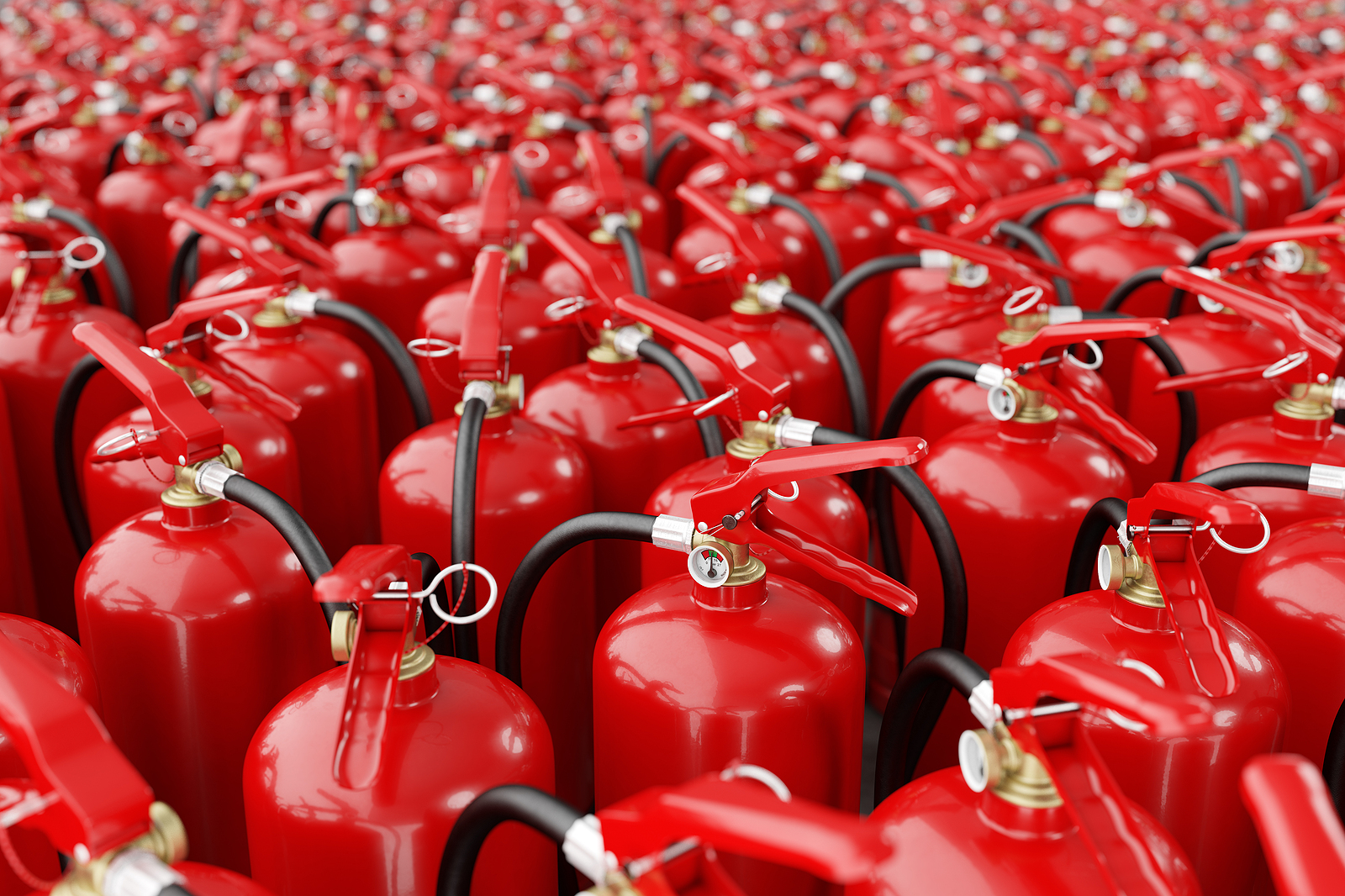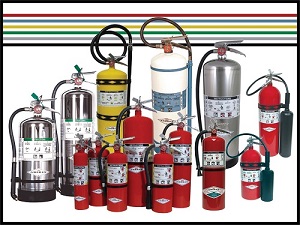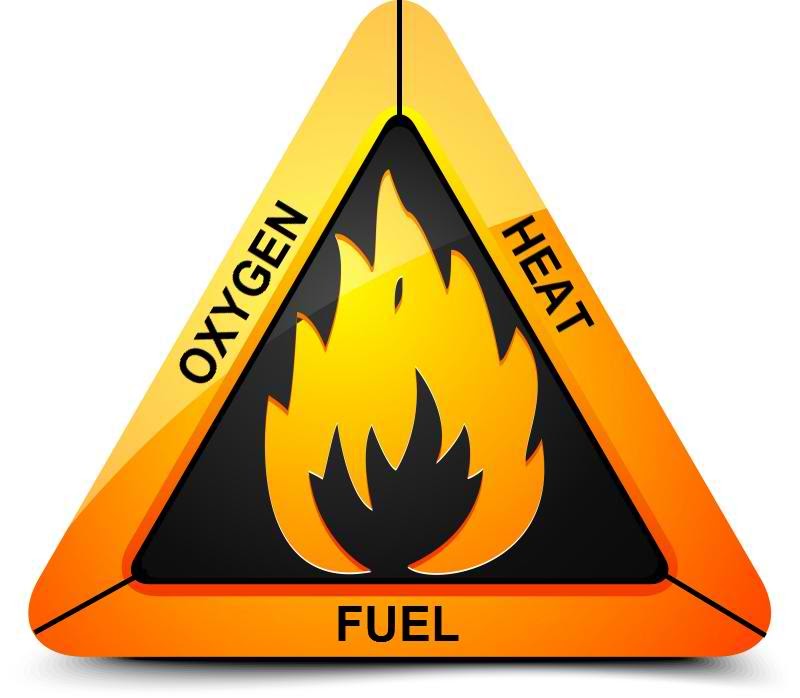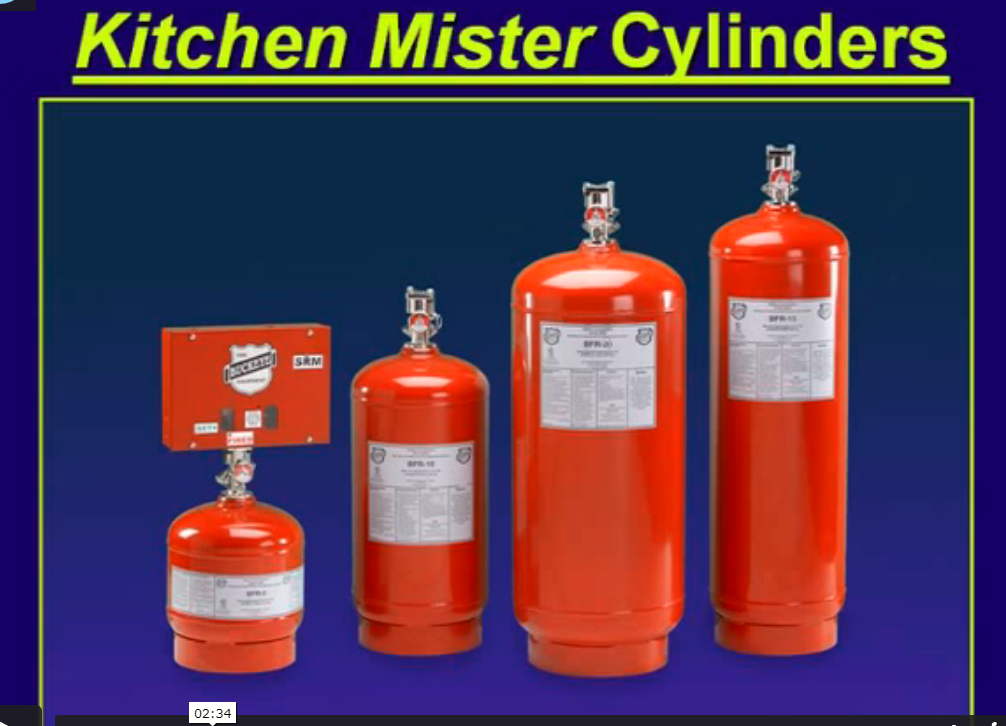
Fire extinguishers are classified by the type of fire they are intended to be used on.Explore the different types of portable fire extinguishers that may be available in the workplace that trained staff members may be called on to use in the event of an unexpected fire.

An important part of fire protection involves having the right kind of fire extinguishers at the job site.There are several kinds of portable fire extinguishers that use a variety of extinguishing agents to put out a fire.
In the United States, there are 5 major classifications of fire, known as A, B, C, D and K. Depending on which class of fire ignites will determine how trained personnel act to extinguish the fire.Remember, different types of fire extinguishers are designed to fight different classes of fire.

Fire requires three elements which are fuel, heat and oxygen, known as the fire triangle, and in the right combination the resulting chemical reaction can cause a fire.The key to extinguishing a fire is to remove at least one of the elements from the fire and this is what portable fire extinguishers are designed to accomplish. Fire extinguishers are classified according to the type of fire they are intended for. They can have a rating like A, ABC, BC, D or K which easily explains the type of fire they are designed for.
OSHA Standard 1910.157(d)(1) Portable fire extinguishers should be provided for employee use and should be selected and distributed based on the class of fire expected in the workplace and the magnitude and degree of hazard that would affect their use. Portable fire extinguishers are marked with color coded letters and/or pictograms that indicate the type of fire they are intended for.
There are 5 classes of fire and portable fire extinguishers are labeled to show they are suitable for combating one or more of these types. It is extremely important that the correct type of fire extinguisher is used for the class of fire to avoid personal injury and property damage. Using the wrong type of fire extinguisher can be ineffective, result in electrocution, cause an explosion, or even an explosion. and the fire.
OSHA Standard 1926.352(d) Appropriate firefighting equipment must be readily available in the work area and maintained in an operational condition.Reminder: Portable fire extinguishers are useful to take small fire, but they are not an effective fire or earlier that spread quickly.
An air pressure water extinguisher (APW) can only be used on Class A fires. APW extinguishers use water to extinguish the fire by cooling the fuel’s surface to remove the thermal element from the fire triangle. In some cases, detergents are added to the water in an APW extinguisher to create a foam upon use.
Filled with compressed air and water, APW fire extinguishers are large silver containers that are 2 to 3 feet high and weigh approximately 25 pounds when full. Pressurized

A carbon dioxide fire extinguisher can be used on Class B and C fires. Carbon dioxide fire extinguishers work by removing the element of oxygen from the fire triangle and also removing heat through its very cold discharge. It is not effective to use a carbon dioxide fire extinguisher on a Class A fire as the fire can continue to burn and has the potential to reignite after the carbon dioxide has dissipated. Never use carbon dioxide fire extinguishers in a narrow room when the staff is available without reasonable respiratory protection.
It isn’t always the best idea to try to use a carbon dioxide extinguisher on a Class A fire due to the fact it can also additionally hold to smolder and has the ability to rekindle after the carbon dioxide dissipates.
Never use carbon dioxide fire extinguishers in a constrained area if employees are not with the right breathing space and facial and eye safety is required.

Carbon Dioxide Fire Extinguishers

#SAFETYONPURPOSE

